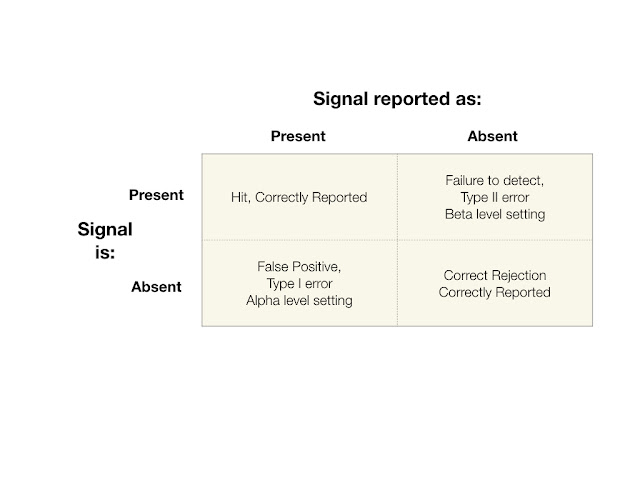If you don't know Laurie Garrett and her works regarding disease transmission, epidemic and public health policy, you should. Her expertise in these areas is renown and she knows more about these areas than nearly every practicing physician. I venture to guess that if you look in the library of many physicians, you'll probably see at least one or more of her books. If you have any interest in public health, particularly when it comes to the spread of disease, then I suggest that you read one or more of her books.
Here is the link to Laurie Garrett's article in Foreign Policy: https://foreignpolicy.com/2020/01/31/coronavirus-china-trump-united-states-public-health-emergency-response/
Here is the link to Laurie Garrett's article in Foreign Policy: https://foreignpolicy.com/2020/01/31/coronavirus-china-trump-united-states-public-health-emergency-response/
Trump Has Sabotaged America’s Coronavirus Response
Under President Obama, the US infrastructure and ability to respond to pandemics was unparalleled. It took years to create the organizational and management structures and put the systems put in place to manage a pandemic and protect Americans as well as others throughout the world. Trump on the other hand destroyed everything that President Obama had created for addressing pandemics, but has gone further to downgrade the capabilities of our public health systems including the Centers for Disease Control (CDC).
Here are a few quotes from her article:
- In 2018, the Trump administration fired the government’s entire pandemic response chain of command, including the White House management infrastructure.
- In the spring of 2018, the White House pushed Congress to cut funding for Obama-era disease security programs, proposing to eliminate $252 million in previously committed resources for rebuilding health systems in Ebola-ravaged Liberia, Sierra Leone, and Guinea. Under fire from both sides of the aisle, President Donald Trump dropped the proposal to eliminate Ebola funds a month later. But other White House efforts included reducing $15 billion in national health spending and cutting the global disease-fighting operational budgets of the CDC, NSC, DHS, and HHS. And the government’s $30 million Complex Crises Fund was eliminated.
- In May 2018, Trump ordered the NSC’s entire global health security unit shut down, calling for reassignment of Rear Adm. Timothy Ziemer and dissolution of his team inside the agency. The month before, then-White House National Security Advisor John Bolton pressured Ziemer’s DHS counterpart, Tom Bossert, to resign along with his team. Neither the NSC nor DHS epidemic teams have been replaced. The global health section of the CDC was so drastically cut in 2018 that much of its staff was laid off and the number of countries it was working in was reduced from 49 to merely 10.
Comparing the CoronaVirus to Something Similar that We Know and Have Experienced
As a means of comparison, the death rate from those infected by common and yearly influenza virus strains is about 1 in 1000. (.1%) In a recent interview, Laurie Garrett stated that the death rate for the Coronavirus is at 2 in 100 (2% or crude rate of 2000 in 100,000) and in some places in China, some have reported a death rate at closer to 6 in 100 (6%). The death rate in the influenza pandemic of 1918 was something on the order of 2 to 3 in 100 (2 to 3%). And if you have don't any sense of just how bad that pandemic was, there are many books and articles (printed and online) that discuss it and several documentaries that are available. One of the complicating factors that assisted the spread of the virus. This outbreak occurred during World War I and as part of US policy, the Federal Government did little or nothing to respond to stem the spread of the virus. The rationale was that the lack of a strong public health response was to continue to maintain the US's war fighting capability. It was feared that public health measures result in the reduction in war materials production and in the recruitment and training of troops. Also, there was concern that a public health response could create panic, thus also affecting the ability to prosecute the war. In fact the Federal Government actively suppressed information about the epidemic and the measures to take to prevent its spread.
There's a great deal of controversy regarding whether the actions or lack of action taken by the Federal Government was this was a good idea. The lack of a public health response created a situation where replacement troops from the US infected troops already in the field, thus reducing unit combat effectiveness and leading to field hospitals being overloaded and caregivers over taxed. Also, the lack of information and direction from the Federal Government created fear and panic. Providing the information and direction on ways to suppress the spread of the virus would have actually helped the war effort.
Finally, if you look at the responses by the Federal Government to the possibility of a Coronavirus epidemic hitting the US, the responses are uncoordinated, scattered and filled with both good and misinformation. The "head in the sand" approach taken by the White House and the President ("everything is fine, nothing to worry about here, the virus will disappear by April ...") is at odds with the statements from the CDC and the World Health Organization about the likely spread of the Coronavirus to the US.
What the US does to deal with this epidemic will be important. In 1918, the actions the US took actually aided the spread of the virus around the world. What the US did with other organizations such as Doctors without Borders (I should note that I make a monthly donation to Médecins Sans Frontières, Doctors without Borders) in 2014 to stem and contain the spread of the Ebola virus was important. What the US does in response to stem the spread of the Coronavirus will be important ... for better or for worse.


















